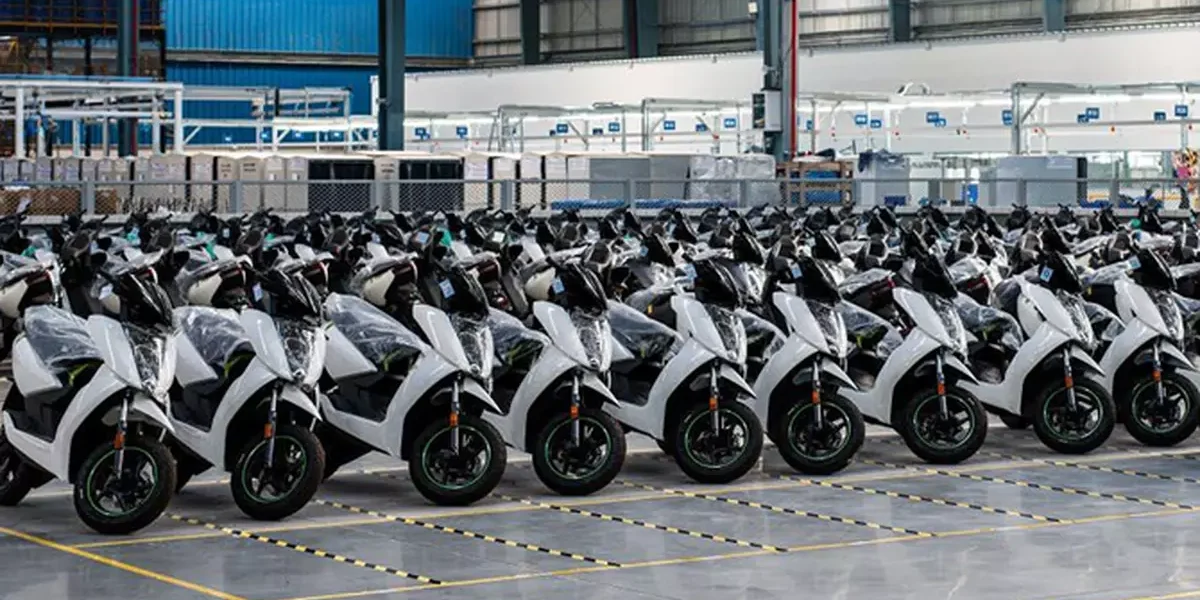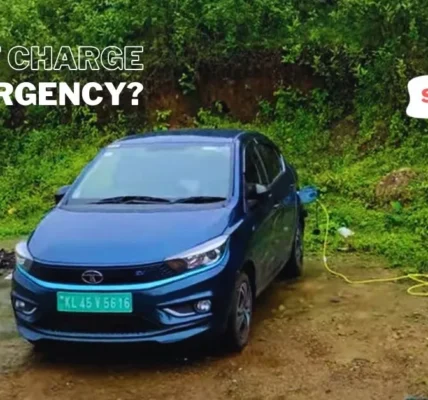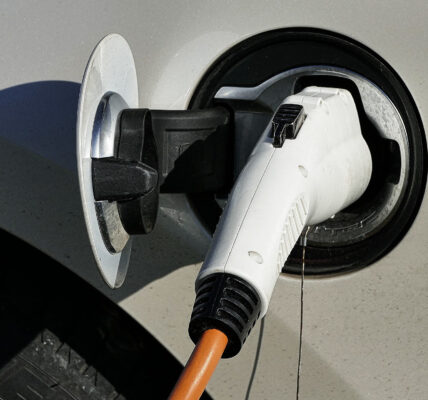The need of the hour today is to develop a mobility ecosystem that is sustainable and in harmony with the environment,” said Prime Minister Narendra Modi on Tuesday, addressing the Society of Indian Automobile Manufacturers. So it’s a matter of dismay that domestic sales of two-wheeled electric vehicles (EVs) have slid sharply after a subsidy was slashed by the government in June. Monthly offtake is down from a high of over 105,500 units this May to under 62,400 in August. Though the peak figure may have got a bounce from a buying rush in anticipation of price hikes as the subsidy roll-back neared, the drop underscores how reliant the industry was on state support. To make matters worse, market rivalry in this space has shrunk after a shake-up caused by the Centre’s crackdown on what it saw as policy bending, with penalties imposed on seven EV makers for claiming money but failing to meet localization and pricing conditions. Such was the impact that the top order has changed. Hero Electric was No. 1 last August with a 20% plus share of electric two-wheelers sold in India, but barely squeaked in with 1.3% last month. Similarly, Okinawa’s slice of 16.4% was reduced to 3.2%. Other players were sent reeling, too, and the survival of some might now be at stake, even as Ola and TVS took pole position and leadership.
Was the government’s action too harsh? One violation relates to a failure to localize the production of 18 components (like battery packs) in phases. Those found guilty cited pandemic-related disruptions for failing to achieve their localization targets. This, however, did not cut ice with the administration, since the schedule had been relaxed for covid and other EV makers like Ola and TVS met their obligations. Another violation involves the invoice jugglery some players seem to have done to keep prices under the ₹1.5 lakh threshold to qualify for state payouts. The idea of charging customers separately for a charger came in handy for some, enabling a lower vehicle price, but this dodge was called out by policy monitors. While grey areas may exist in letter over how the product is defined, the spirit of a qualifying price cap was clear all along. The intent was to promote climate action with public funds, as EVs do not burn fossil fuels to run, but, as is typical of such state-funded programmes, other aims like job generation and luxury-use exclusion got hooked up with the EV subsidy as policy tow-alongs. Rule complexity is a weakness of such tools; regulatory riddles only enlarge the space for businesses to play on policy gaps and forge success in places other than the market. This summer’s EV slump is a setback from which the market can recover, no doubt, but the way this story has panned out illustrates the challenge of getting policy right.
Ideally, the state must not try to shape our markets. It should restrict its role to offering a level-playing field to all and let competitive forces of demand and supply lead a market’s evolution. This is a special case, however, as it is amply clear that climate action calls for market intervention. Choking carbon emissions will require a state-led squeeze of fossil-fuel usage, even as our electricity grid is cleaned up, and if a central scheme can speed up EV adoption, it would help the cause. Ease-of-charging is a state responsibility too.







